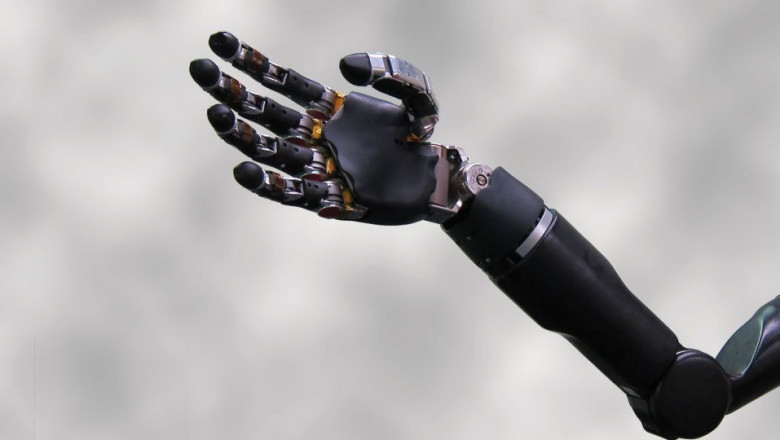views
Advancements in Robotics and 3D Printing
Robotic prosthetics have come a long way thanks to new technologies like robotics and 3D printing. Prosthetic limbs used to be basic mechanical devices that were not very functional or lifelike. However, with the integration of robotics and advanced materials, modern prosthetics can now mimic almost natural arm and leg movements. The use of robotics allows prosthetics to sense subtle body movements and gestures, powering complex tasks that were not possible before. Meanwhile, the precise manufacturing techniques of 3D printing enable the creation of customized prosthetics contoured to each unique body. Combined with ongoing material science innovations, these technologies are ushering in a new era of enhanced prosthetics capable of restoring near-normal mobility and sensory feedback.
Designing Prosthetics Through Biomechanics
To design Robotic Prosthetics that feel and function like natural limbs, engineers draw from the field of biomechanics. By studying the musculoskeletal system, gait patterns, and motor control signals, they can replicate the intricate movements of the human body. State-of-the-art prosthetics contain artificial joints, actuators, transducers, and other components arranged based on biomechanical principles. The placement, range of motion, and response of these internal mechanisms mimic those of biological limbs. Feedback sensors also detect subtle cues from the remaining muscles and nerves to initiate precise proportional movements. Biomechanics thus serves as the foundation for developing prosthetics indistinguishable from natural anatomy.
Restoring Sensation With Integrated Sensors
While prosthetics have gained dexterity, another milestone is restoring sensory feedback. Researchers are working on sensor technologies to provide inputs resembling what someone would normally feel in their missing limb. Pressure sensors on the prosthetic socket connect to a neural interface which stimulates the appropriate nerves. As the artificial limb makes contact or exerts pressure, signals are sent to the brain allowing the person to "feel" touches and grasps. Some experimental prosthetics can even convey textures, temperatures, and vibrations. Coupled with a brain-computer interface, sensory inputs may one day integrate seamlessly with the body's own signaling pathways for embodied control. With further refinement, prosthetics could offer near-equal sensation to the original missing limb.
Myoelectric Control Advances Through Machine Learning
Another area enhancing prosthetics control is myoelectric pattern recognition using machine learning algorithms. Traditional myoelectric prosthetics detect electromyography (EMG) signals from the remaining muscles to power basic open/close hand functions. However, implementing machine learning has enabled highly intuitive, individualized control. Electrodes placed on the skin or in the artificial limb "learn" the unique EMG patterns associated with different intended movements. Over time, as the person practices natural motions, the algorithms can detect subtle contractions and map them to dozens of grip patterns or articulated wrist rotations. This has greatly expanded the range of tasks prosthetic users can perform through intuitive thought control alone. Advances in portable myoelectric control promise to make prosthetics even more seamlessly integrated into everyday life.
The Future of Prosthetics Looks Bright
With ongoing advancements in robotics, biomechanics, sensing, materials and machine learning, the future of prosthetics is tremendously promising. As these fields continue combining capabilities, prosthetics will restore near-perfect function while feeling just as natural to the user's brain as their original limb. Not only will this greatly improve quality of life for individuals requiring prosthetics but also restore independence and enable new opportunities. Exciting continued development lies ahead in areas like powered prosthetic joints with artificial tendons, "smart" feedback that adapts to tasks in real-time, and neural control offering unprecedented embodiment and sensation. The prospect of indistinguishable prosthetics once thought impossible is becoming a reality through interdisciplinary innovation at the intersection of engineering and human biomechanics.
Get this Report in Japanese Language:
Get this Report in Korean Language:
About Author:
Money Singh is a seasoned content writer with over four years of experience in the market research sector. Her expertise spans various industries, including food and beverages, biotechnology, chemical and materials, defense and aerospace, consumer goods, etc. (https://www.linkedin.com/in/money-singh-590844163)






















Comments
0 comment